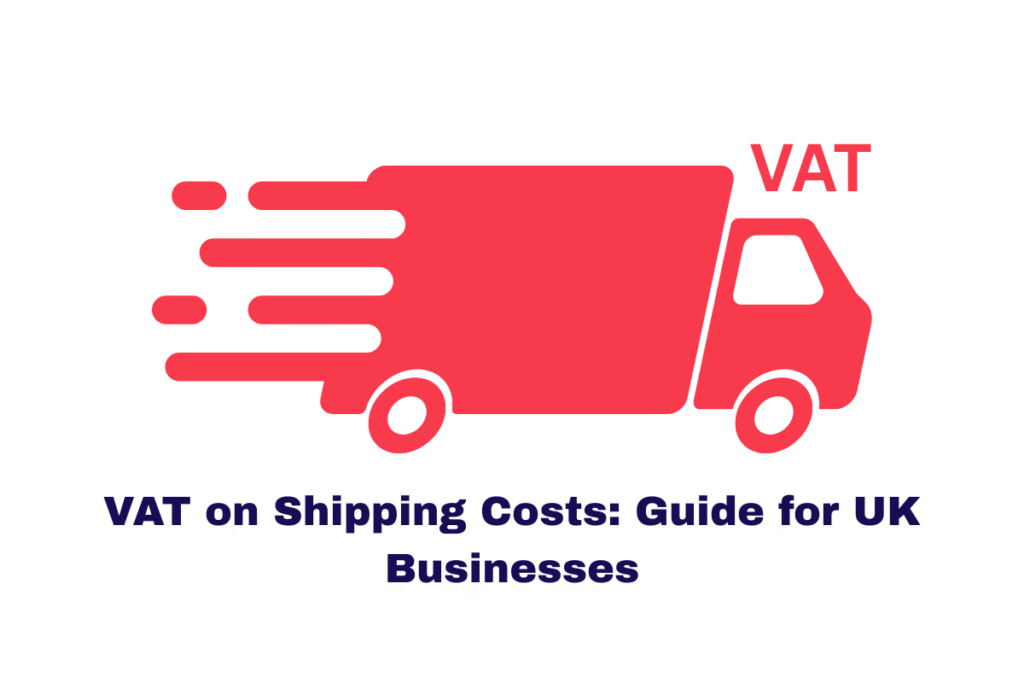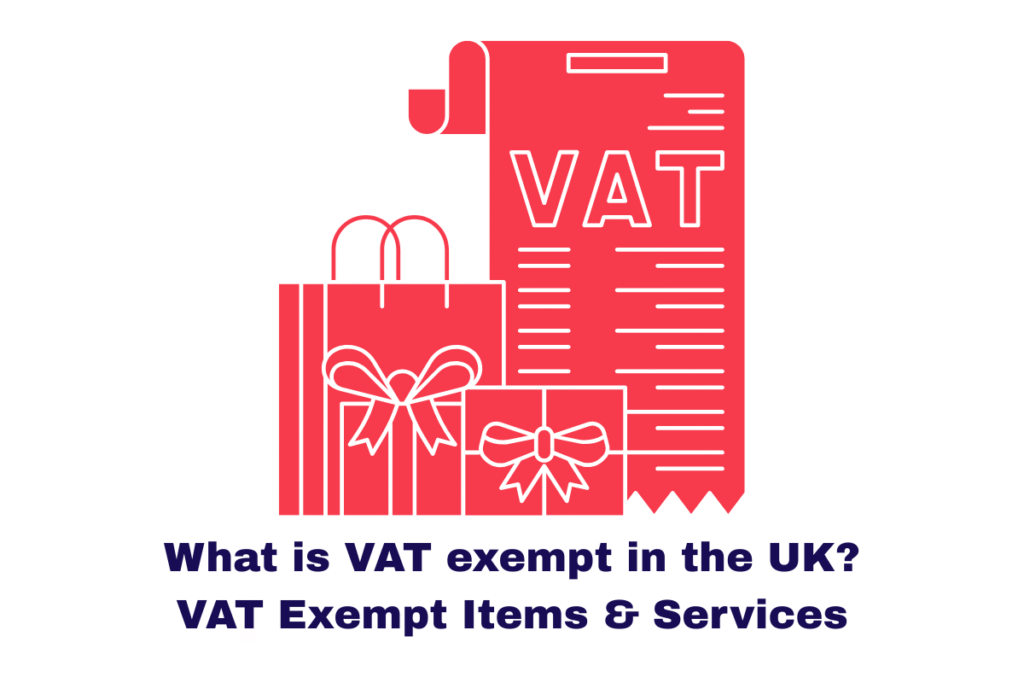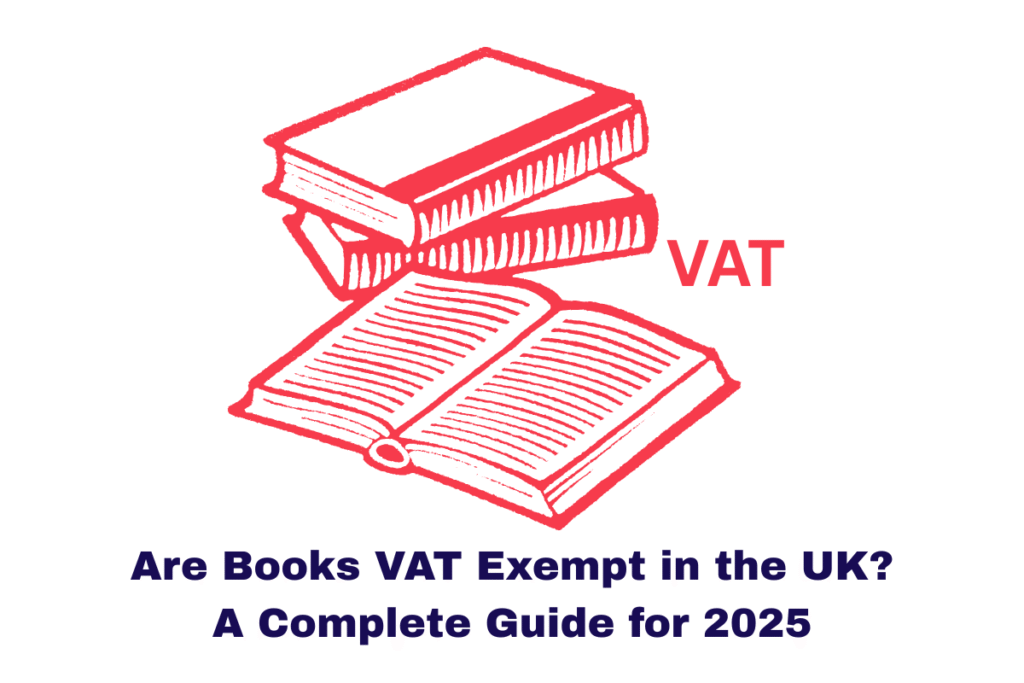As a UK-based tax advisor, I’ve seen many business owners get confused about how to deal with VAT on shipping costs. If you’re like most retailers or service providers who add delivery or postage charges to your invoices, you may be wondering whether VAT applies and, if so, how much to charge.
In this guide, I’ll break down the essentials of VAT on shipping costs, using clear examples and referring to official HMRC guidance so you can stay compliant and avoid common mistakes. Let’s dive in.
Understanding VAT on Shipping Costs
When we talk about VAT on shipping costs, we’re referring to whether or not VAT should be applied to delivery fees, postage charges, and related transport expenses when billing a customer. Many people assume that all postage is VAT-free—after all, Royal Mail services are exempt, right? Well, not quite.
According to HMRC, VAT on delivery charges depends on what you’re selling and how those charges are presented on the invoice.
Here’s the general rule: if the goods you’re selling are subject to VAT, then the shipping or delivery charges related to those goods will also attract VAT at the same rate. So, in most cases, yes—you should charge VAT on your delivery costs.
The Royal Mail Myth
It’s a common misconception that since Royal Mail services are VAT-exempt, you don’t have to charge VAT on postage at all. But this only applies if you’re using Royal Mail’s public postal services directly and passing that cost through without markup.
As explained by HMRC, if you’re using courier services or other postal providers, or if you’re applying a handling fee or profit margin to shipping, VAT is definitely due—even if you purchased VAT-exempt postage.
“Only postal services provided under a universal service obligation by Royal Mail are exempt from VAT”
– HMRC VAT Notice 700/24
Read Our more Detailed Guides on VAT:
Is There VAT on Flowers in the UK?
Are Books VAT Exempt in the UK? A Complete Guide for 2025
Is VAT Chargeable on Alcohol in the UK?
Is There VAT on Car Parking in the UK?
VAT on Shipping: When You MUST Charge It
Let me break it down simply: if you’re VAT-registered and your product is VATable, you must charge VAT on shipping.
- Selling standard-rated goods (20% VAT)? → Shipping is charged at 20%.
- Selling reduced-rate goods (5% VAT, e.g. children’s car seats)? → Shipping is charged at 5%.
- Selling zero-rated goods (e.g. books, children’s clothing)? → Shipping is charged at 0%.
This concept is known as “follow-the-goods”, meaning the VAT treatment of the shipping follows the VAT status of the item.
This applies whether you itemise shipping separately or include it in the product price.
What About Mixed VAT Rates?
If your order contains multiple items with different VAT rates, HMRC advises apportioning the VAT on shipping accordingly. For example, if half your basket is zero-rated and the other half is standard-rated, apply a 50/50 split on the VAT for shipping.
Yes, it’s a bit fiddly, but it’s the proper way—and it ensures compliance.
International Shipping: EU and Beyond
International delivery has its own VAT rules. If you’re shipping to a customer outside the UK:
- To EU VAT-registered businesses: If they provide a valid VAT number, you can zero-rate both the goods and the VAT on shipping costs.
- To EU consumers or non-VAT registered entities: VAT applies to both the goods and the shipping.
For clarity, refer to HMRC’s guidance on exports, dispatches, and shipping.
Also note: from 1 January 2021, post-Brexit, there are additional obligations when trading with the EU, including customs declarations and potentially charging local VAT under the OSS or IOSS scheme.
Postage Stamps and VAT: What’s Exempt?
1st and 2nd class postage stamps purchased from Royal Mail are VAT exempt. But here’s the catch: when you resell these stamps, they are treated as goods, and you must charge VAT.
Also, if you’re simply passing on the cost of VAT-exempt postage with no additional service or handling charge, you may not need to charge VAT on that portion.
But be cautious. If you add even a minor handling fee or offer a value-added delivery service (e.g. express courier), VAT becomes applicable. You can confirm this via Which? UK.
Margin Scheme and Shipping VAT
If you use the VAT Margin Scheme, where VAT is charged only on the profit margin (e.g. second-hand goods), the treatment of shipping can be tricky. In general, shipping fees associated with such sales should follow the margin VAT rules.
But if you charge delivery separately, outside the margin, then standard VAT may apply to the delivery itself. Always consult a tax advisor if you deal heavily in margin-scheme goods.
Why VAT on Shipping Costs Matters
Some people think they can outsmart the system by lowering item prices and inflating delivery charges to reduce VAT liability. But HMRC is wise to that trick.
They require businesses to treat shipping as part of the overall taxable supply. This ensures businesses don’t underreport taxable sales by shifting costs to “VAT-free” postage. HMRC’s rules on this are clear and legally enforceable.
Credible Resources for More Info
Here are a few trustworthy sources to further validate everything I’ve shared:
Real-World Example
Let’s say I run an online store selling clothing (standard-rated at 20%). I charge £50 for a shirt and £5 for delivery.
On my invoice, I must charge:
- £50 x 20% = £10 VAT on the product
- £5 x 20% = £1 VAT on shipping
Total Invoice = £66 (£50 + £5 + £11 VAT)
It’s as simple as that. If my product were zero-rated (like a children’s t-shirt), I’d charge zero VAT on both the item and the delivery.
Final Thoughts: Keep It Clean, Keep It Compliant
At first, VAT on shipping costs can seem like a grey area, but once you understand HMRC’s guidelines, it’s clear that the shipping VAT must follow the VAT status of the goods being sold. Misinterpreting this can result in underpaid tax or penalties during VAT audits.
If you’re unsure, speak with a qualified accountant or tax advisor—or better yet, get in touch with us at taxcalculatorsuk.co.uk. We offer calculators and tools designed to help you navigate your UK tax obligations with ease.
✅ Try Our Most Popular Tools:
Quick Summary
- If you’re VAT-registered and selling VATable goods, you must also apply VAT to shipping costs.
- The VAT rate for shipping matches the VAT rate of the goods.
- Royal Mail standard postage is VAT-exempt—but only in specific circumstances.
- For mixed goods or international sales, rules vary. Be precise and record VAT correctly.
- Always consult HMRC or a tax advisor for clarification.
Explore Our Tax Calculators
Salary Tax Calculator
Reverse Tax Calculator
Tax Calculator UK
VAT Calculator
Bonus Tax Calculator
Simple Interest Calculator
Payslip Calculator
Dividend Tax Calculator
The content provided on TaxCalculatorsUK, including our blog and articles, is for general informational purposes only and does not constitute financial, accounting, or legal advice.
You can also visit HMRC’s official website for more in-depth information about the topic.




